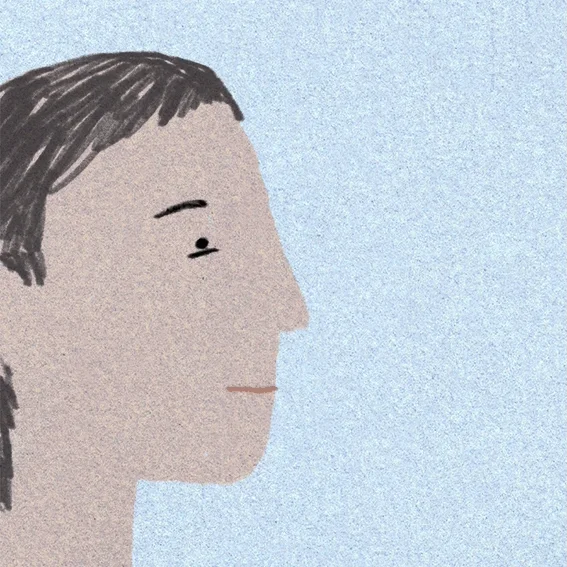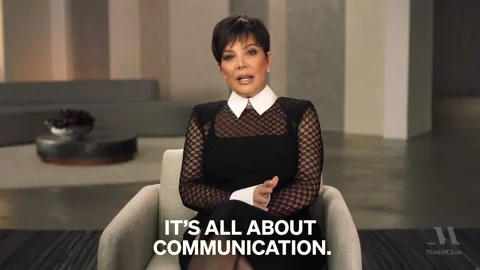Do you ever look back on old conversations you had and go like this?

Interpersonal communication (aka the process of communicating with others) is an essential skill set to have in every environment.
Knowing the 6 elements of interpersonal communication will help you become a better communicator!
🧍 1. Communicators
Interpersonal communication is an interactive, two-way process!

So, there must always be at least 2 communicators:
the sender of the message
its receiver
💬 2. Message
A message can be communicated verbally or non-verbally.

Verbal
Greetings
Conversations
Public speeches
Phone calls
Non-verbal
Body language
Facial expressions
Eye contact
Hand gestures
Non-verbal communication can reveal hidden emotions or intentions that aren't obvious in speech.
📺 3. Channel
A channel refers to the method by which the message is sent and received.

Some traditional channels include:
face-to-face communication
letter writing
While modern channels include:
social media
online meetings
Quiz
Ari has gotten into a minor car accident and needs to let her parents know. Which of the following channels would be the most appropriate to share the news?
🖼️ 4. Context
The context in which an interaction takes place will affect the way you communicate and interpret a message.

The context may differ based on the:
location of the communication
backgrounds of the communicators
For example, the way you speak to your boss in the workplace may be different from the way you speak to your friends at a cafe.
🙋 5. Feedback
Feedback is the response of the receiver to the message of the sender.

This helps the sender know whether or not the receiver has gotten the message.

Waiter: How's the meal? (message)

Customer: Tastes great! I especially enjoyed the onion soup. (feedback)
🔊 6. Noise
Noise can refer to anything that distorts or interferes with the message, causing a difference between what is sent and received.

There are 4 types of noise:
physical (ex. overlapping voices, sirens, construction sounds)
psychological (ex. anger, happiness, depression)
semantic (ex. jargon, language barriers, accents)
physiological (ex. visual or hearing impairments, hunger)
🤝 Let's help out Kim!

Kim is a data analyst. Kim had to make a presentation to her clients, so she tried to impress them with technical terms and lengthy explanations. But all she got were confused faces and clarification requests. What can Kim do next time to improve in terms of noise and context?
A. Consider the non-technical background of her clients
B. Shorten her presentation by omitting important details
C. Use more jargon to teach her clients industry terms
D. Present her findings in simple terms and with visualizations
Quiz
What can Kim do? Select all that apply.
Take Action
Knowing how the 6 elements of interpersonal communication interact is the first step to becoming a better communicator!
Apply what you’ve learned to improve your interpersonal skills.

Your feedback matters to us.
This Byte helped me better understand the topic.
